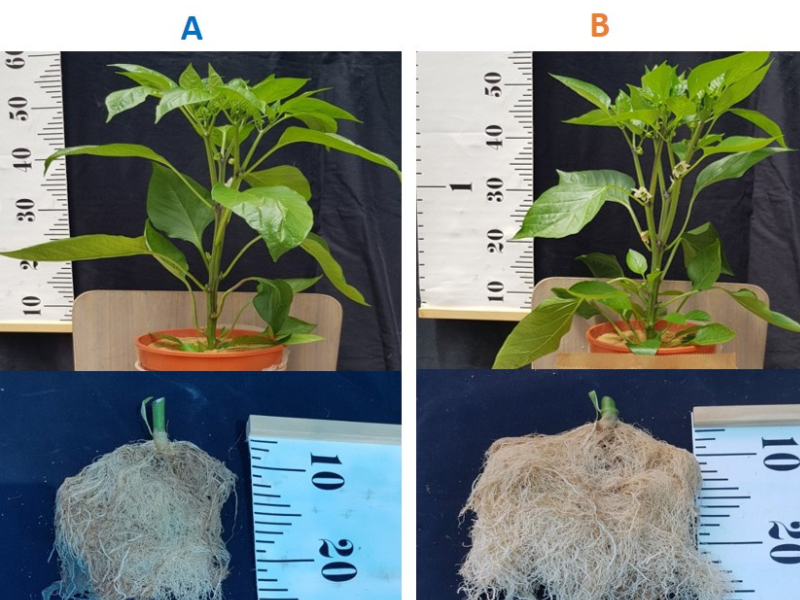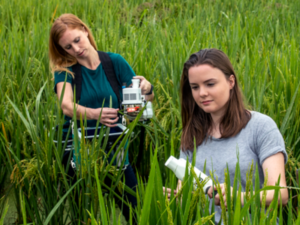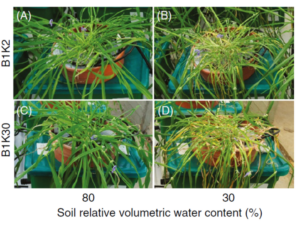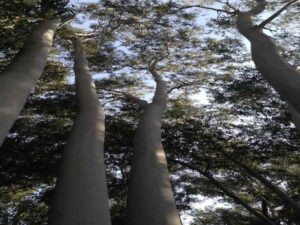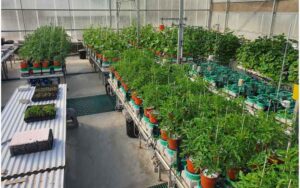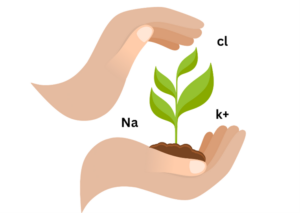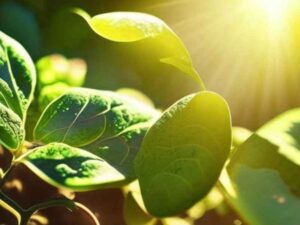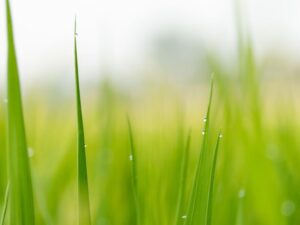Plant biotic stress factors such as root and shoot diseases or pests, are usually only detected with the appearance of visual symptoms or signs. For example, the identification of fungal mycelium, dark spots on leaves and fruit, or presence of different pests (aphids, caterpillars, mites, etc.), are clear signs of a biotic infection.
However, sometimes once visual symptoms are apparent, the damage has already been done and is too late to mitigate; preventing yield loss from the infected plants is impossible.
Early detection is crucial when dealing with biotic stress; and the sooner the detection occurs, the greater the chance of implementing an efficient treatment, thereby improving the opportunity to prevent yield loss.
Consequently, the challenge lies in detecting and diagnosing biotic stress before clear visual symptoms are present.
Recently, utilizing the Plantarray system, we successfully discovered a root fungal disease before any visual indication. Our physiological identification of the infected plants occurred before any size, weight, color, or vigor symptoms were noted (see Figure below).
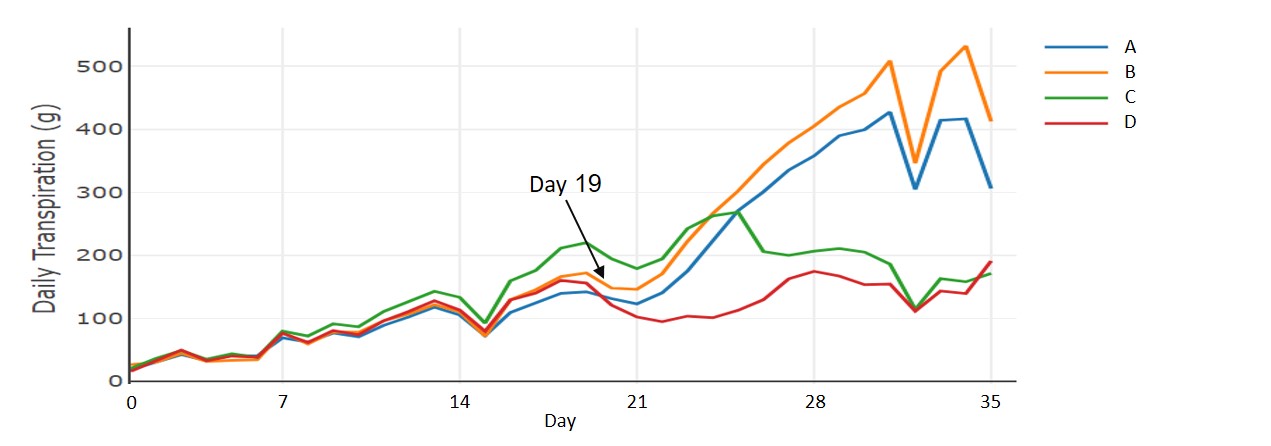
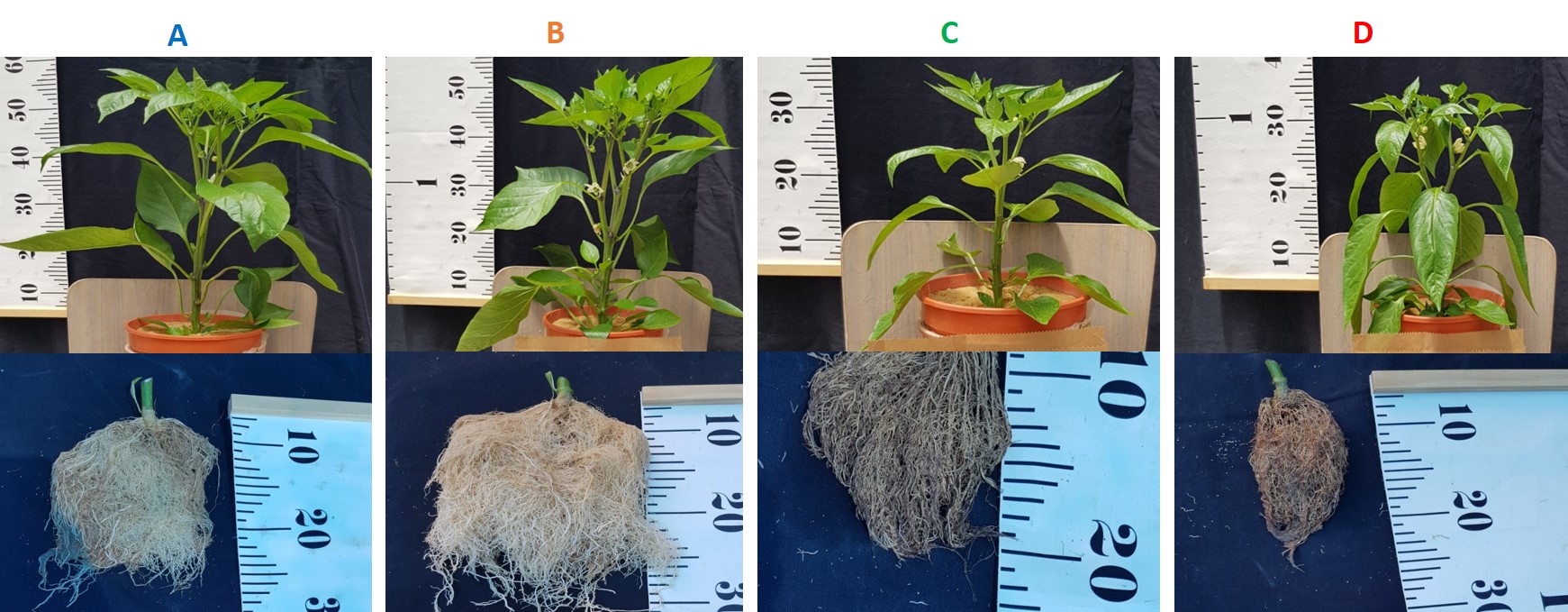
Our approach is to recognize the infection of different biotic factors by examining plant water management – shoot and root – in real-time. Monitoring parameters such as transpiration patterns, whole plant stomatal conductance and plant growth rate, enable us to identify plant biotic stress at an early stage.
This quantitative screening approach has the potential to enable fast and early detection of a sensitive plant, effective cure or pesticide etc., as well as provide insights into the physiological mechanisms underlying disease symptom development.

